Hai Lang District is the last locality of Quang Tri Province to be liberated and has gone through half a century of construction and development. From the desolation after the war, the Party Committee and People of Hai Lang District have strived to overcome difficulties and challenges, promote existing potentials and advantages, open up more development space to gradually affirm its important position as the key economic region of the South of Quang Tri Province.
Lesson 1: The Land Resurrects
After liberation, Hai Lang suffered heavy consequences of war. This is a land of monoculture of rice with more than 2/3 of the area in low-lying areas, where natural disasters occur frequently. Overcoming many challenges and difficulties, from a poor district with a low starting point, Hai Lang - the heroic land of Quang Tri province has strongly revived, especially in the economic field thanks to the effective exploitation of local potential and advantages.
Make a remarkable mark in agricultural - forestry - fishery production
Thanks to the attention and support of the central and provincial governments, along with the efforts of the Party Committee, government and people of the whole district, in recent years, Hai Lang district has achieved many great achievements, creating outstanding marks in economic development. The total production value of the agricultural, forestry and fishery sector in 2024 reached 2,852 billion VND; the total output of grain reached over 90,000 tons. Especially in the agricultural sector, Hai Lang district has nearly 1,700 hectares of large fields, nearly 9,600 hectares of high-quality rice and 410 hectares of organic rice. In addition to rice, there are other crops such as nem, bitter melon, oranges... which are typical agricultural products that bring stable income to the people.
Using drones to take care of rice in Hai Lang - Photo: HNK
To effectively exploit the land potential and natural conditions, Hai Lang district has deployed agricultural production in all three regions: marine economy - sand area, plain area and hill area. The rice cultivation area in 2024 has reached 13,637.4 hectares, the average yield of the whole district is 64.67 quintals/ha. The highlight of agricultural production in Hai Lang is the implementation of the policy of land consolidation, land accumulation, establishment of cooperatives, groups of households to build large fields to produce high-quality rice, specialty rice, organic rice. Currently, the district continues to promote organic rice production with about 410 hectares, VietGAP rice and linking production and consumption of rice with enterprises of 467.1 hectares. The district is mobilizing and calling on enterprises to invest in concentrated drying areas, agricultural product processing, storage, building the brand "Hai Lang Rice", organic rice associated with the consumption market.
In addition, Hai Lang is also a pioneer in promoting mechanization and using drones in agricultural cultivation. In the district, there are more than 87.5 hectares of rice using drones to care for crops and prevent pests. Through the application of drones, production costs have been reduced, labor has been reduced, and human health and the environment have been protected. Promoting mechanization in land preparation and harvesting has contributed to speeding up production and harvesting progress, ensuring a successful crop.
For the hilly communes, the district has focused on effectively exploiting the potential and advantages to produce typical key products with high economic efficiency such as growing oranges concentrated in the communes of Hai Phu, Hai Thuong, Hai Lam, Hai Son... with an area of over 94 hectares. Some households in the K4 area have applied the orange production process in the direction of organic, using product traceability stamps. Building a product value chain associated with trademark registration and brand building creates favorable conditions for consumption, improving production efficiency, the value of citrus fruit gardens reaches 300-350 million VND/ha/year. Focusing on planting and exploiting over 2,300 hectares of production forest with a timber output of over 222,680 m3. Maintaining over 430 hectares of large timber plantations with income many times higher than traditional forest planting.
In the field of fisheries, the annual output of exploited aquatic products reaches over 4,780 tons, of which seafood with export value reaches over 1,300 tons; more than 470 hectares of freshwater fish farming area; 160 fish cages on the river, including 56 eel cages; 87 hectares of industrial shrimp farming area, the harvested shrimp output reaches nearly 1,900 tons. Of which, it is necessary to mention the model of intensive white-leg shrimp farming in 2 stages using biofloc technology deployed in Trung An village, Hai Khe commune and Thuan Dau village, Tay Tan An village, Hai An commune. The whole district currently has 10 shrimp farming models with an area of 9.3 hectares, the average output is estimated at 25 tons/ha.
Currently, farmers are effectively implementing the model of raising snails in coastal areas in My Thuy village, Hai An commune with an area of 0.2 ha, with an estimated yield of 17 tons/ha; the project "building a pilot model for intensive farming of yellowfin pompano following VietGAP standards associated with product consumption" is being implemented in Thuan Dau village, Hai An commune with an area of 0.2 ha.
In practice, the yellowfin pompano farming model has yielded 14-15 tons/ha, opening up a highly effective fish farming direction for people, especially in areas with low efficiency in shrimp farming. In addition to shrimp farming, people have introduced some new breeds such as snails, silver pompano, and whale... which are raised in shrimp ponds with quite high efficiency.
Shrimp farming on sand brings high economic efficiency in Hai Lang - Photo: HNK
The sandy strip of land along the coast of Hai Lang used to be plagued by “sand drifting and sand filling” but now the district has focused on exploiting it in the direction of clean agricultural production and intensive cultivation of off-season vegetables and fruits, bringing high economic efficiency. A typical example is the model of growing bitter melon using natural farming methods in Hai Ba commune, Hai Duong with a total area of 16 hectares, with an average profit of over 110 million VND/ha.
The model of growing nettle in Hai Duong commune with an income of 130-140 million VND/ha. The important thing is that there are more and more new agricultural production models in the direction of specialized and concentrated cultivation with the active participation of economic sectors. Some products in the area are registered for trademarks, applying organic production processes, registering to use product traceability stamps such as Hai Lang rice, K4 oranges, nettles in Hai Lang sand area, Tu Hai chicken...
Affirming industrial strengths
With the goal of becoming a key industrial district of Quang Tri province before 2030, Hai Lang district is focusing on attracting investment, developing industry-small industry (CN-TTCN) and rural occupations. The whole district currently has 2,562 CN-TTCN establishments with 10,000 workers; there are 34 projects investing in 3 industrial clusters (CCN), creating jobs for more than 2,400 workers. The occupancy rate of Dien Sanh IC is 100%, Hai Thuong IC is 63%, Hai Chanh IC is 67.5%. The total production value of CN-TTCN in 2024 is 4,697 billion VND.
Hai Lang district is currently attracting and implementing two key projects of the province, including: the Southeast Quang Tri Economic Zone Project and the Quang Tri Industrial Park Project. The Southeast Quang Tri Economic Zone has a total area of 23,792 hectares, of which Hai Lang is located in the economic zone planning with an area of 9,167 hectares. In particular, there is the project to build My Thuy Port Area with a total investment of more than 14,234 billion VND, land use scale, water surface of 685 hectares, phase 1 is under construction. Quang Tri Industrial Park has an area of 481.2 hectares, total investment capital of 2,074 billion VND, phase 1 has been under construction. This is a favorable condition to promote industrial, trade and service development, opening up many investment opportunities and economic development of Hai Lang district in the coming years.
On that basis, Hai Lang district has determined to develop industry and handicrafts in the direction of focusing on processing industry, energy industry, silicate industry, as satellites for core industrial parks of the Southeast Quang Tri Economic Zone, VSIP Urban-Industrial Zone. Select and prioritize industries using high technology, combined with the reasonable development of industries with medium technology using a lot of labor.
Identify land funds for the development of traditional craft villages associated with environmental protection, sustainable development, bringing industry to rural areas to shift the economic structure and local labor structure. In the district, there are currently a number of factories and industrial facilities in operation such as the production of precast concrete components, commercial concrete, stainless steel and alloy steel, production of aluminum ingots from scrap, processing of organic rice, industrial shrimp farming on sand...
Currently, the Southeast Quang Tri Economic Zone is investing in infrastructure construction, and investors are also implementing key projects, planning National Highway 15D connecting La Lay International Border Gate with My Thuy Seaport; Cam Lo-La Son Expressway, VSHIP8 Industrial-Urban Park... are being urgently implemented, creating opportunities to promote the development of the industry-handicraft, trade-service sectors in the district. This is truly an opening for Hai Lang to soon become a key district for industrial development of the province in the future.
Chairman of Hai Lang District People's Committee Le Duc Thinh said that identifying industrial and handicraft production as a key economic sector, creating momentum for economic and labor restructuring, in the coming time, Hai Lang District strives for an average growth rate of the industrial and handicraft sector of 17-18%/year. To achieve the set goal, the district will continue to attract and select investment projects in the area associated with ensuring environmental sustainability and solving product output. Focus on strongly developing planned industrial and handicraft points, planning additional industrial points along National Highway 15D and the Thuong-Hung intersection area...
Actively coordinate with provincial departments and branches to selectively attract investment in the Southeast Quang Tri Economic Zone, VSIP8 Urban-Industrial Park and satellite service points. Develop clean energy, wind power, and solar power according to the plan.
With its position as the "core area" of the Southeast Quang Tri Economic Zone, with many dynamic projects being realized, Hai Lang district will have breakthroughs in economic development in the coming years, striving to become a key industrial district of Quang Tri province by 2030.
Ho Nguyen Kha
Lesson 2: Realizing the vision of becoming the southern economic driving force of the province
Source: https://baoquangtri.vn/hai-lang-nua-the-ky-dung-xay-va-khat-vong-phat-trien-191747.htm


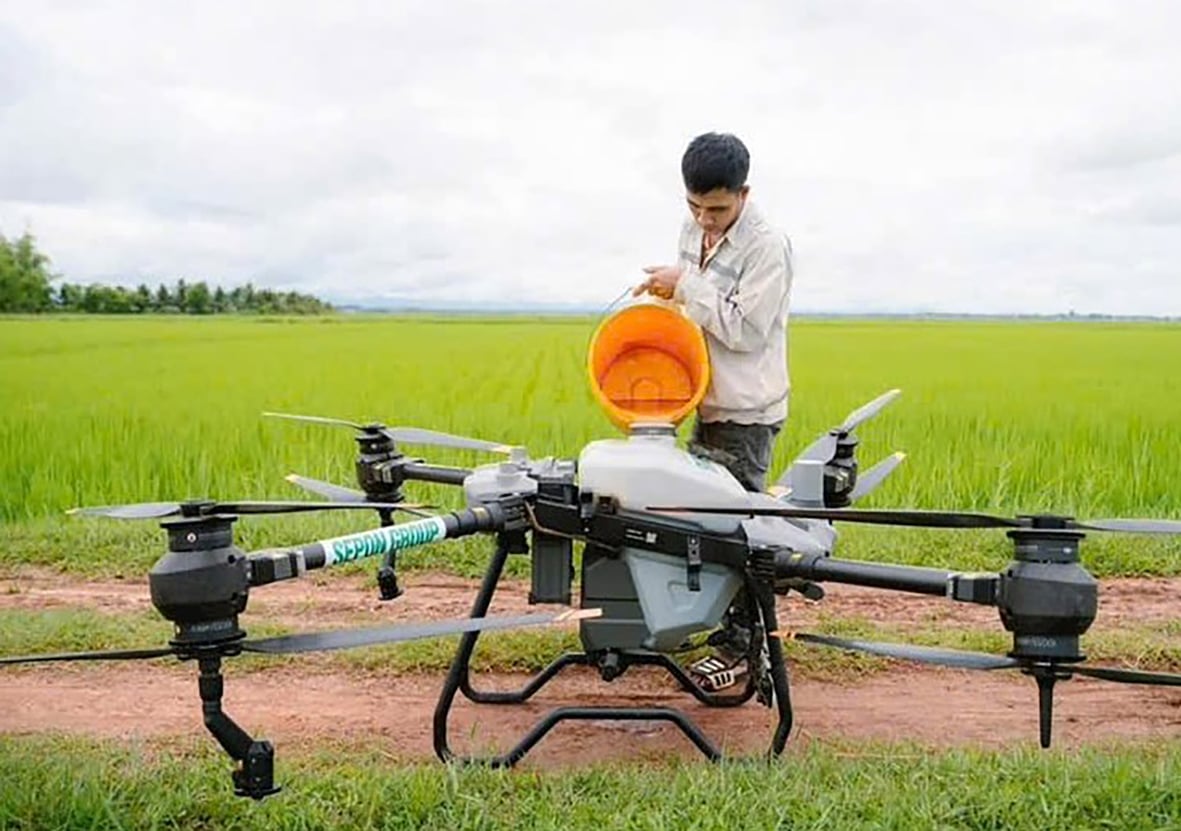
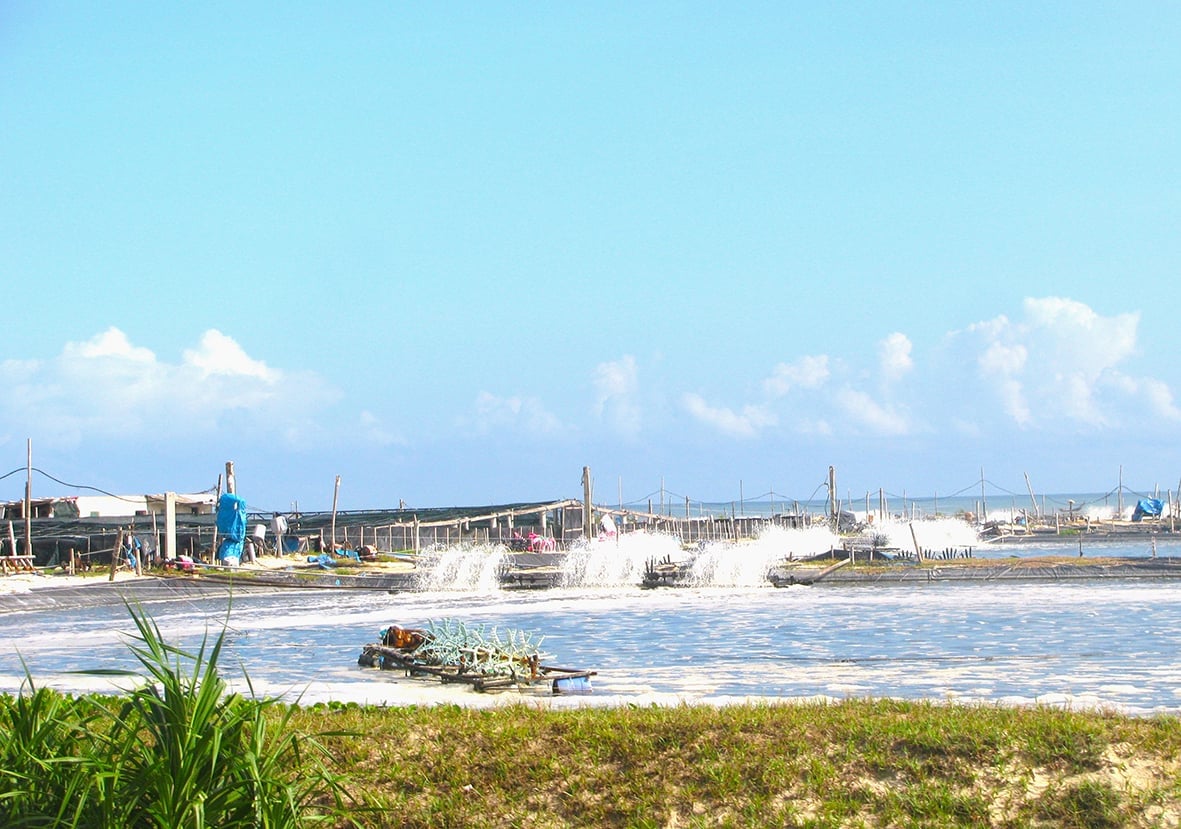

![[Photo] President Luong Cuong meets with Lao Prime Minister Sonexay Siphandone](https://vstatic.vietnam.vn/vietnam/resource/IMAGE/2025/4/25/3d70fe28a71c4031b03cd141cb1ed3b1)

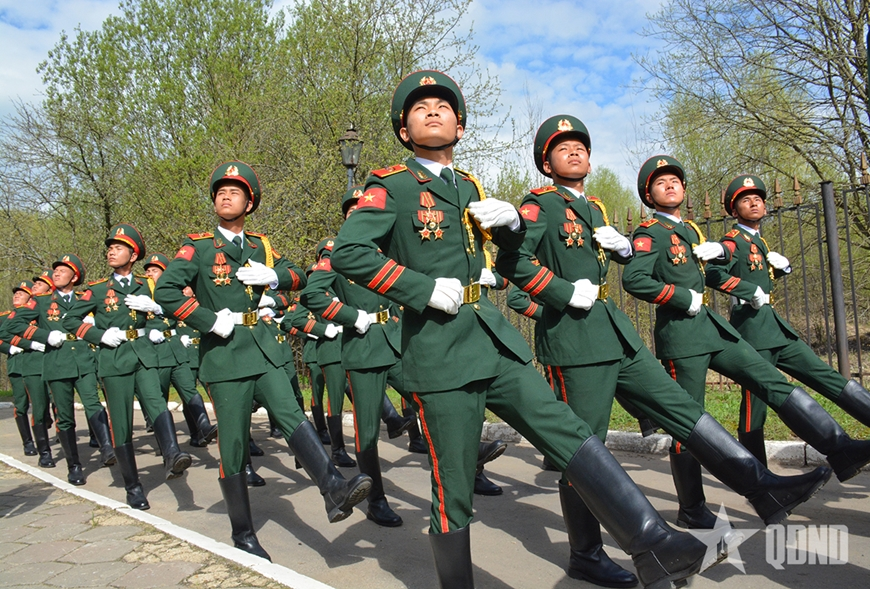
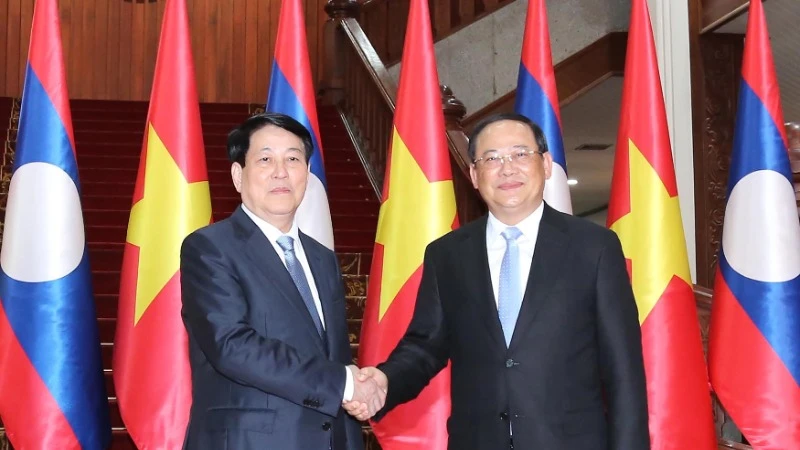

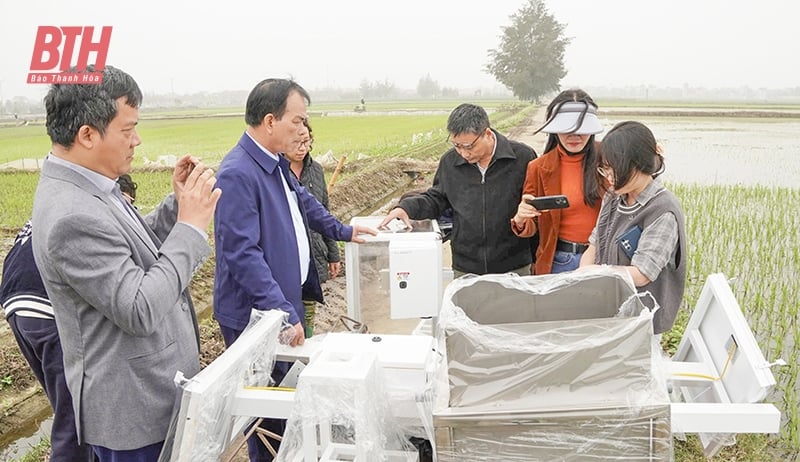

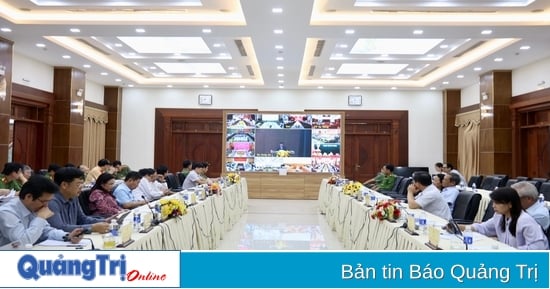




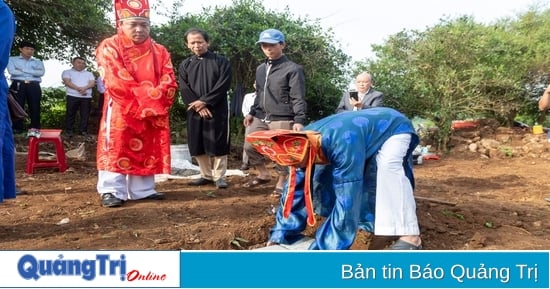
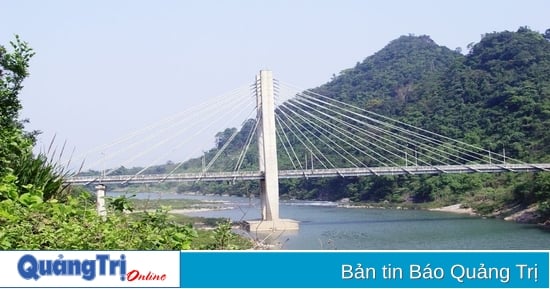
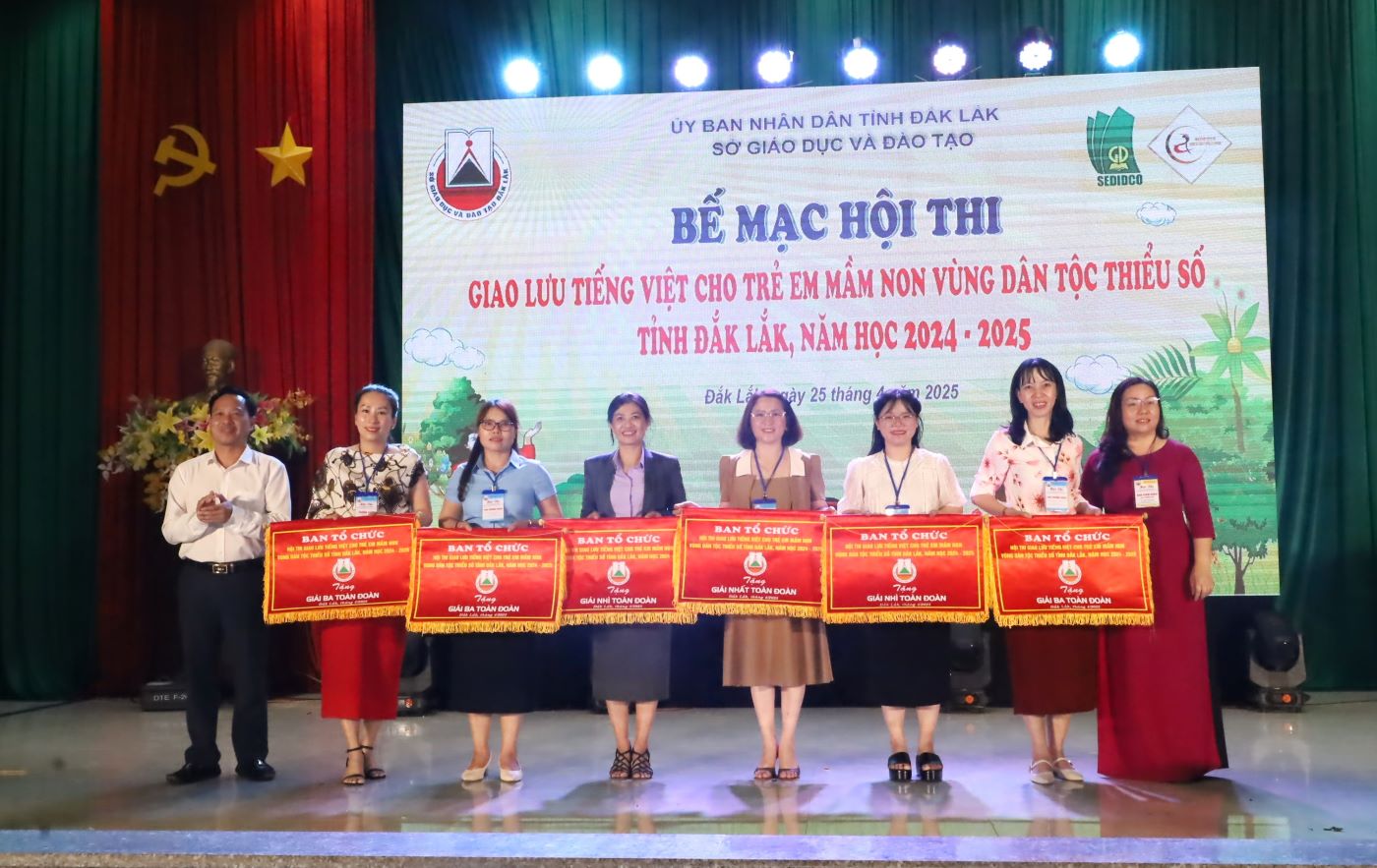

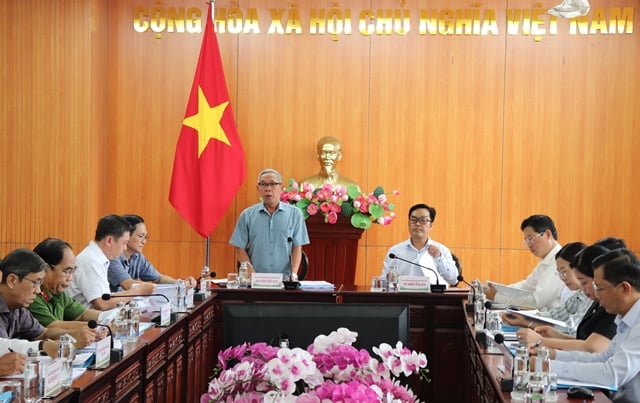
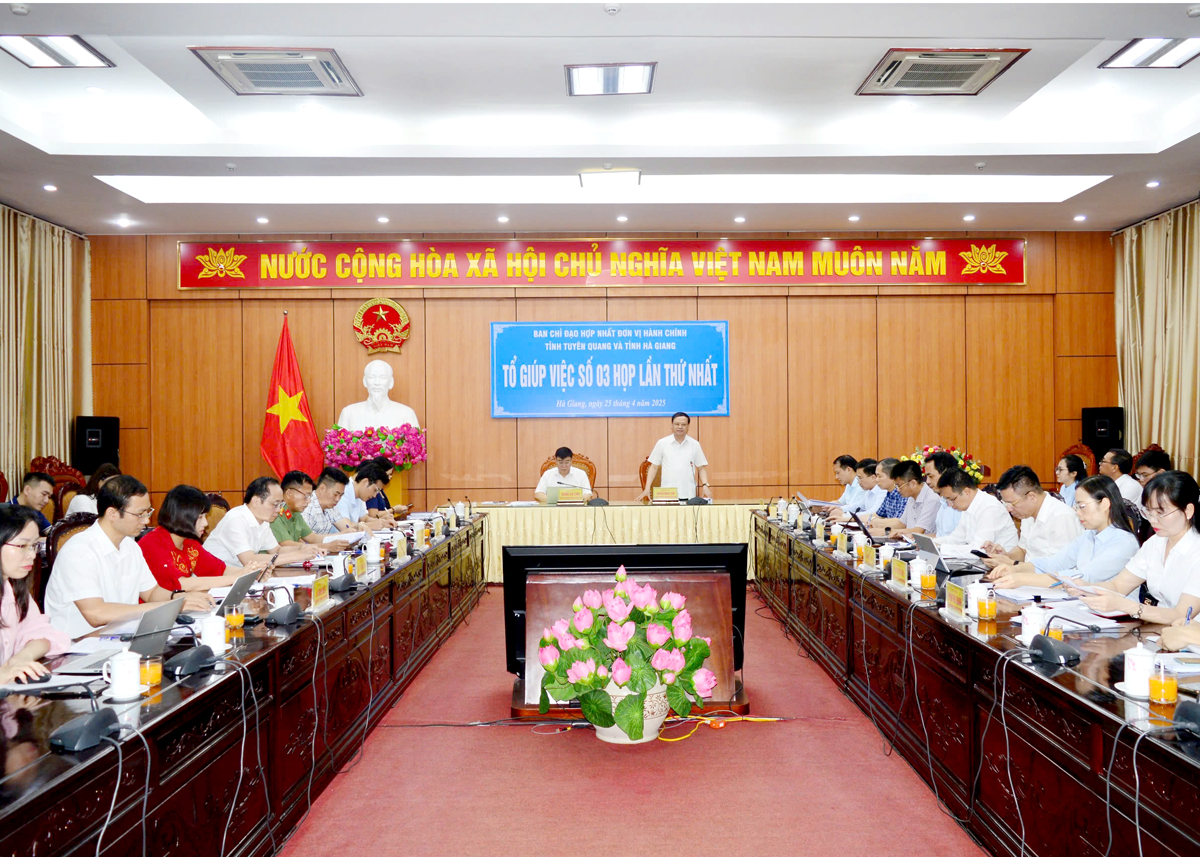
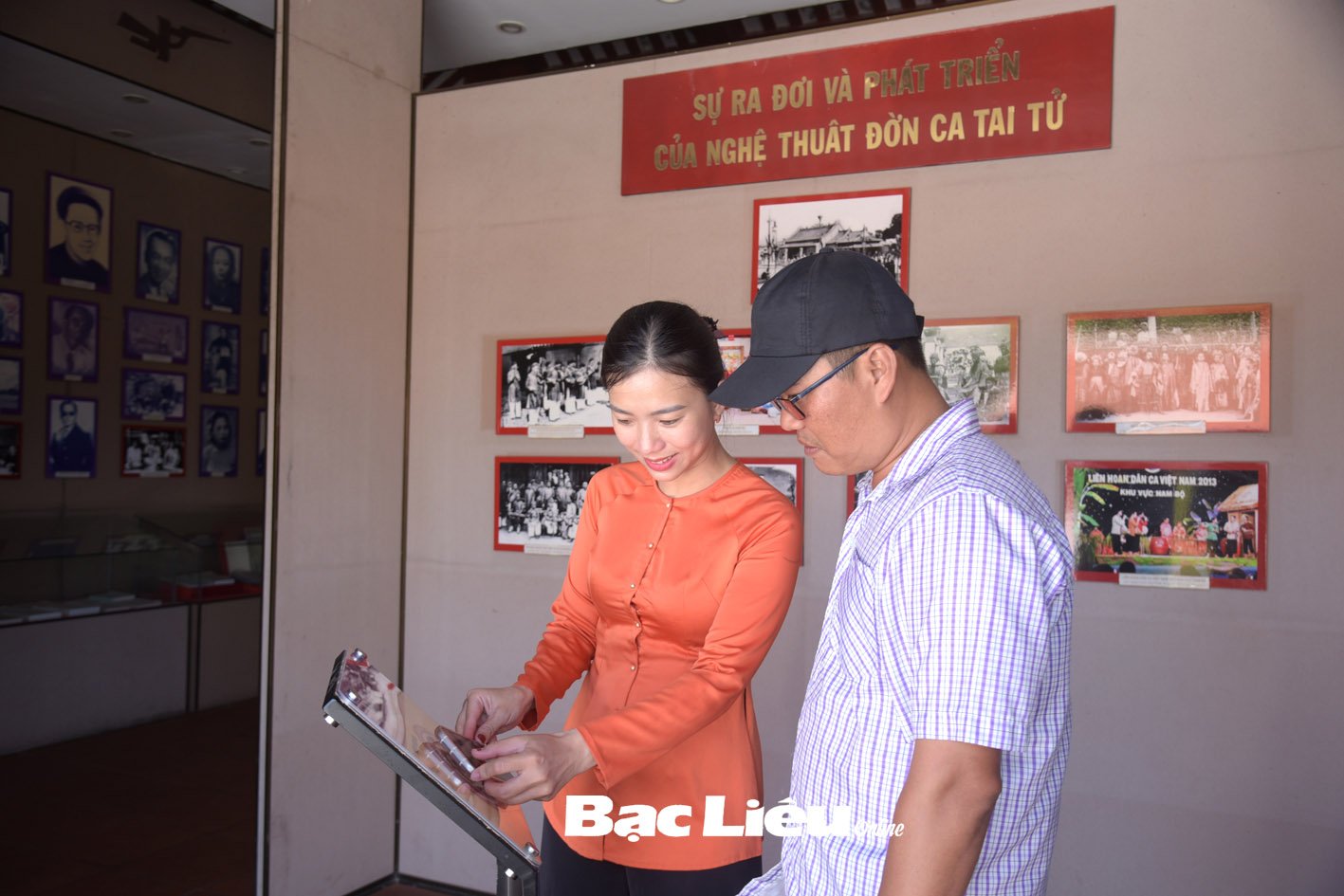
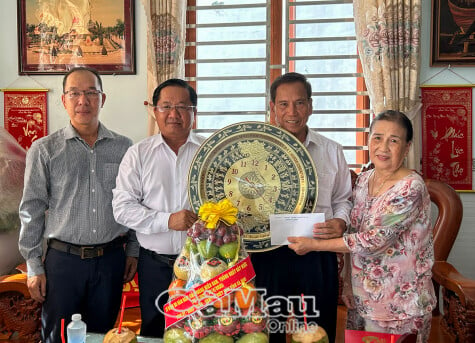

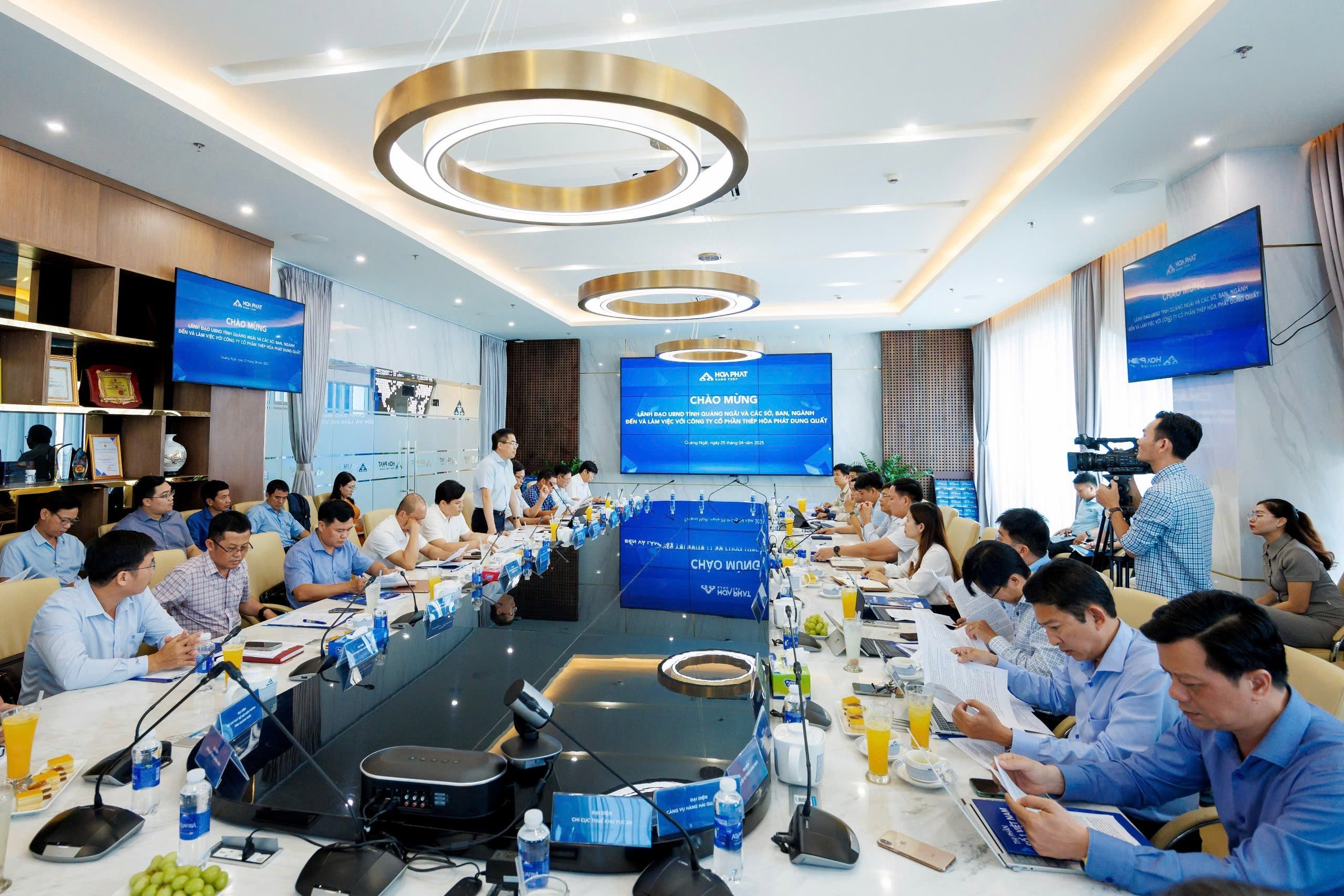
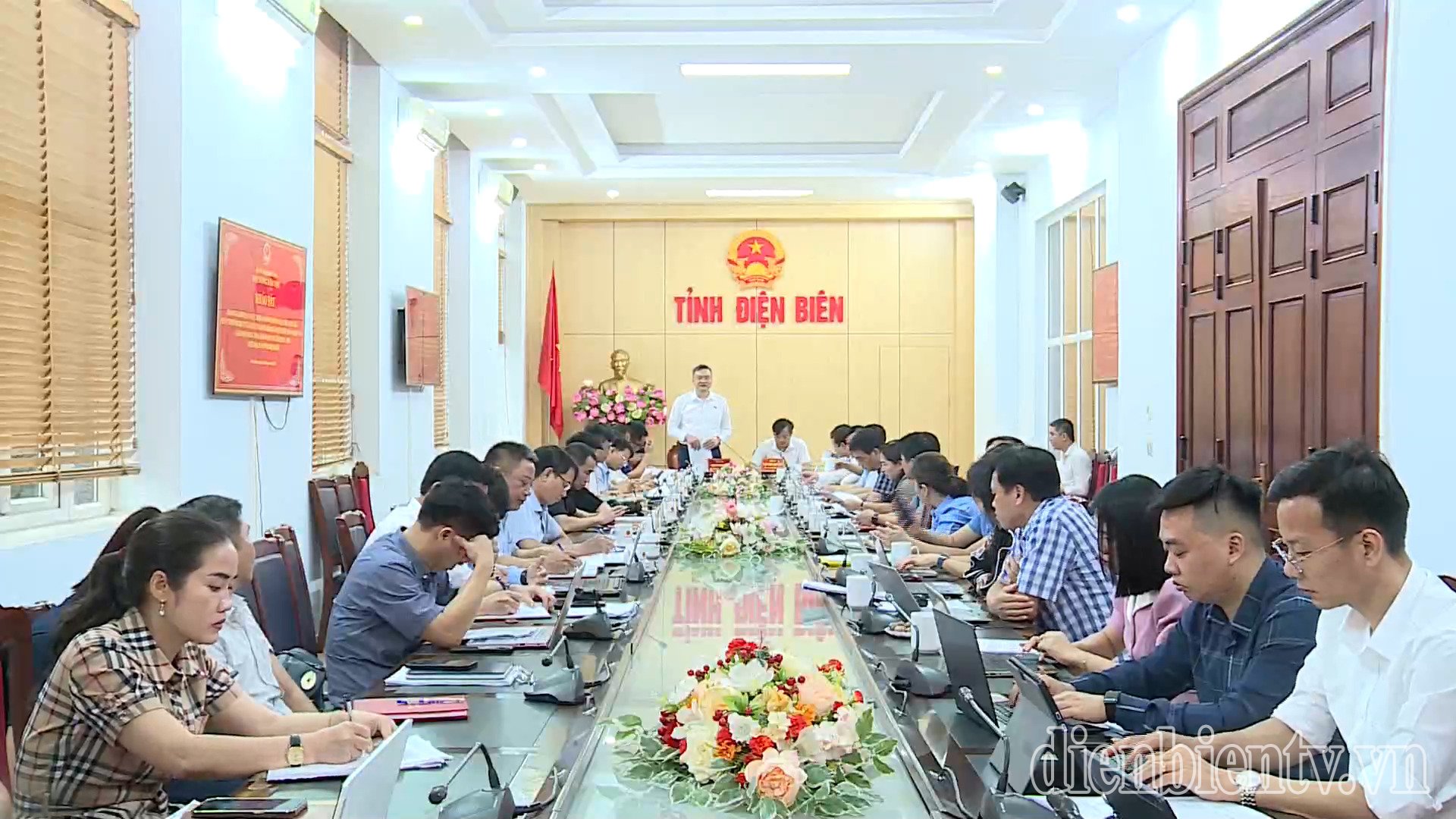
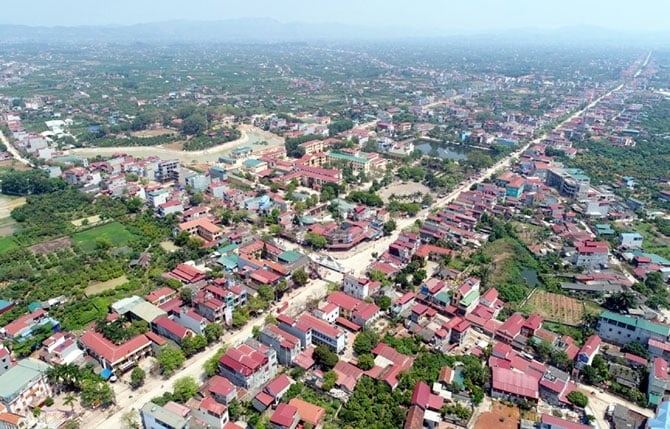
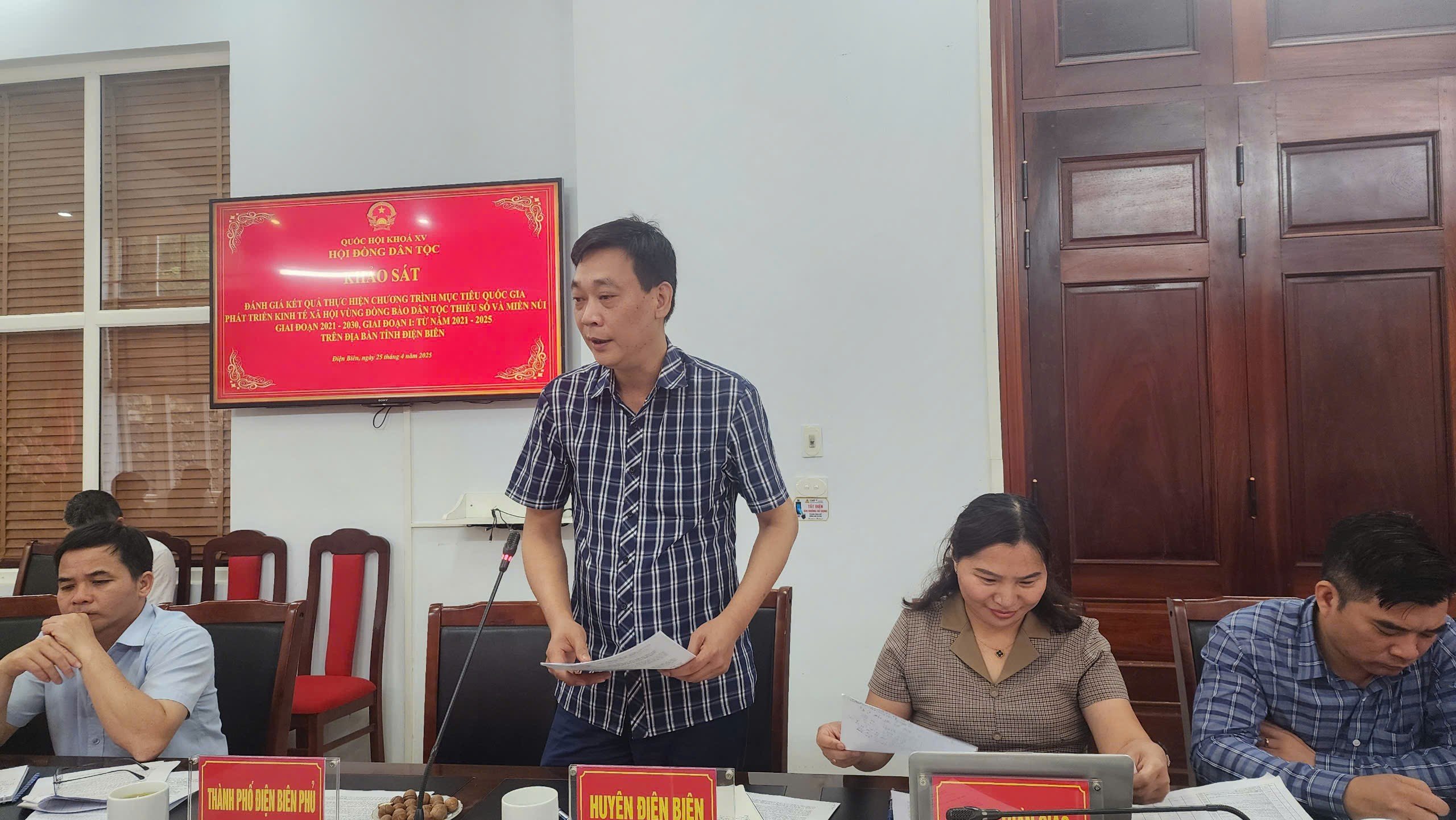
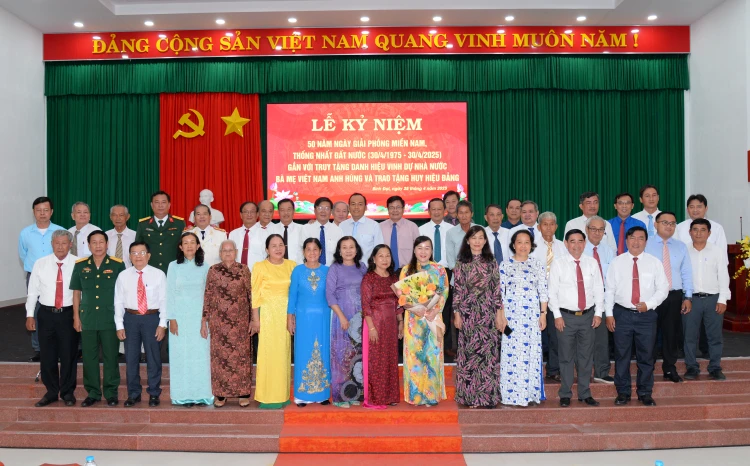
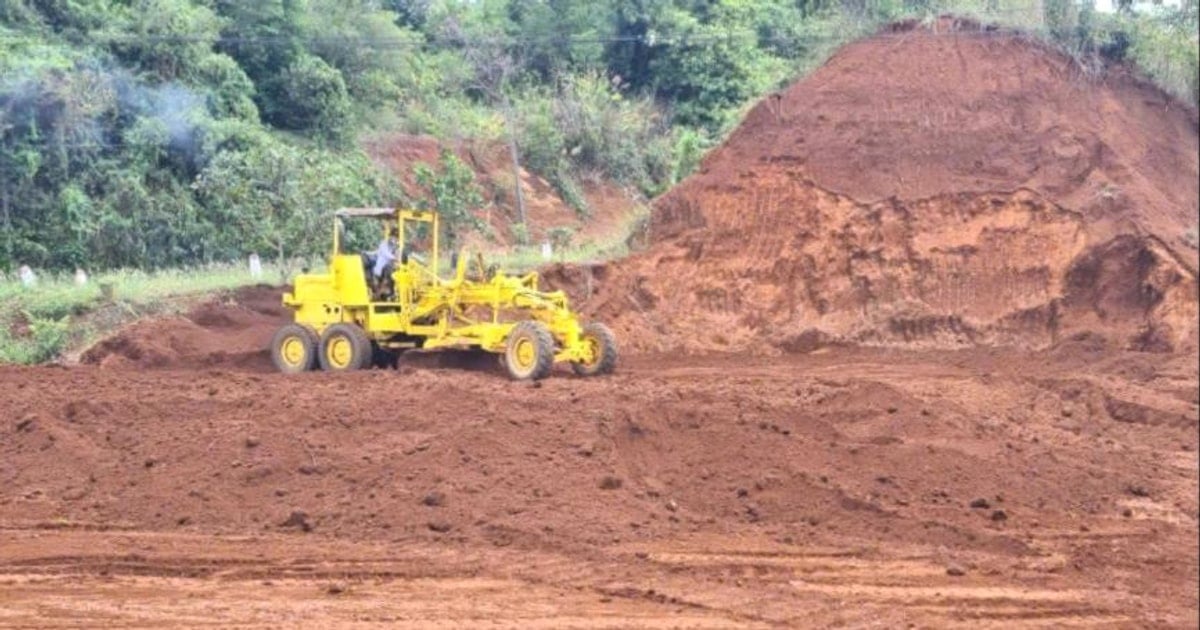
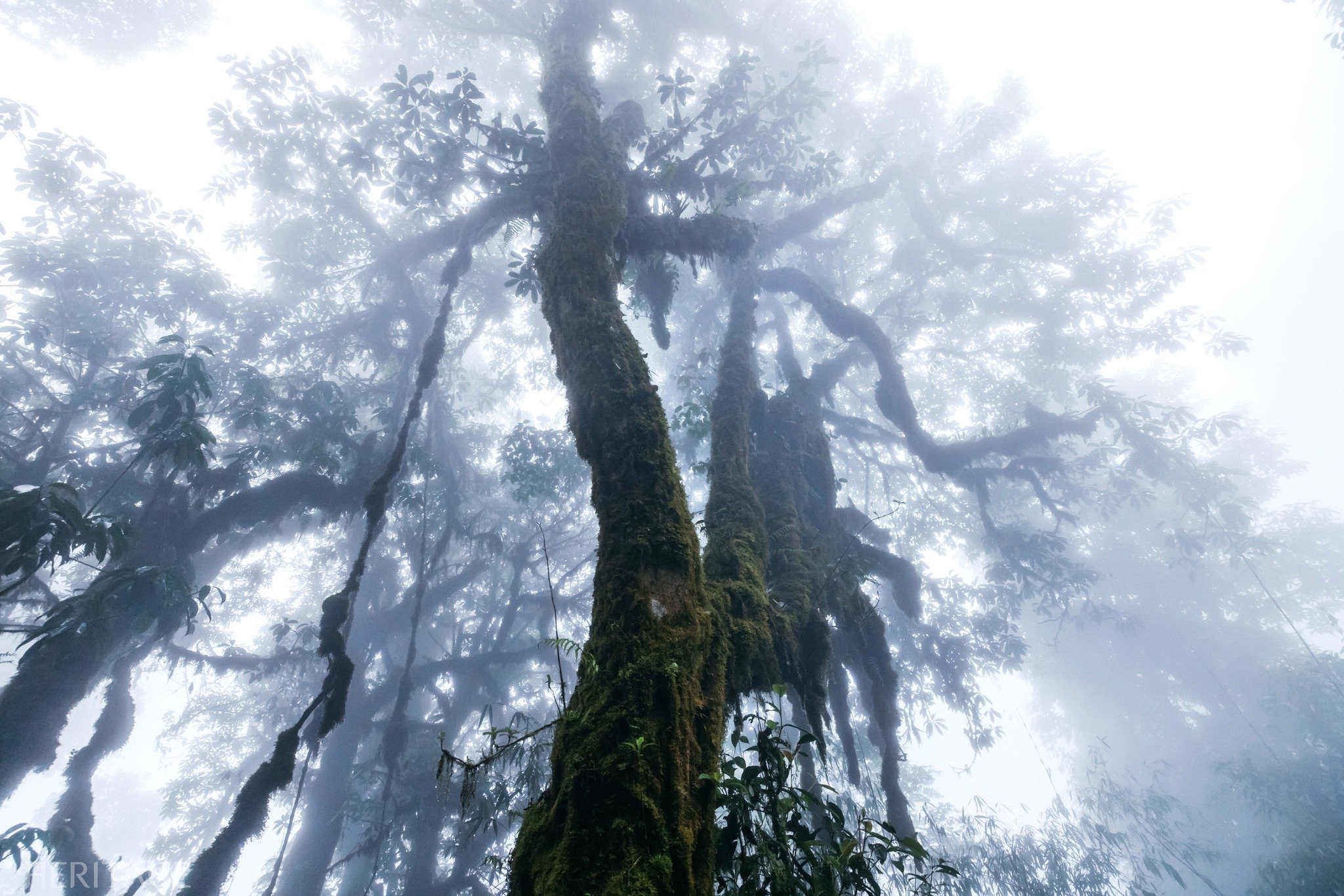
![[Photo] Ho Chi Minh City welcomes a sudden increase in tourists](https://vstatic.vietnam.vn/vietnam/resource/IMAGE/2025/4/25/dd8c289579e64fccb12c1a50b1f59971)
![[Photo] Liberation of Truong Sa archipelago - A strategic feat in liberating the South and unifying the country](https://vstatic.vietnam.vn/vietnam/resource/IMAGE/2025/4/25/d5d3f0607a6a4156807161f0f7f92362)
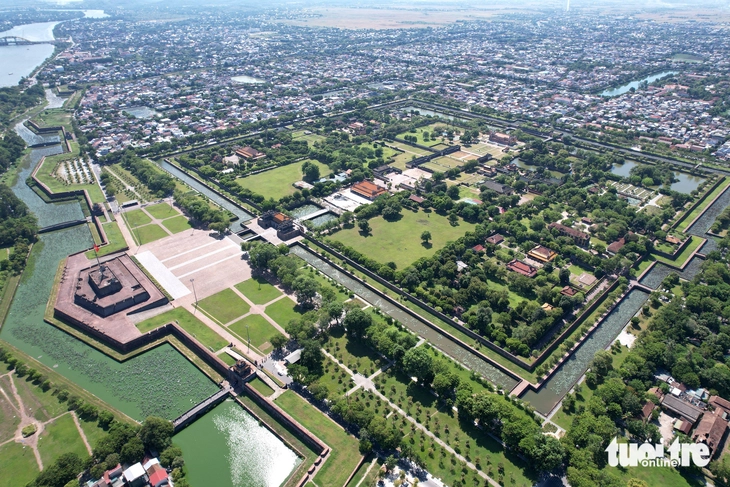

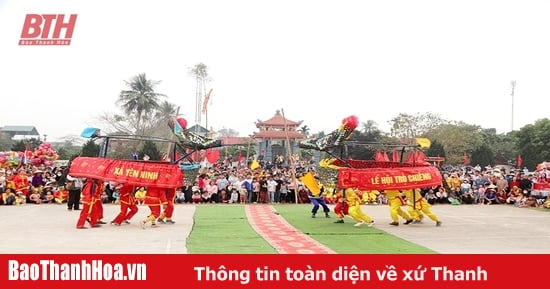
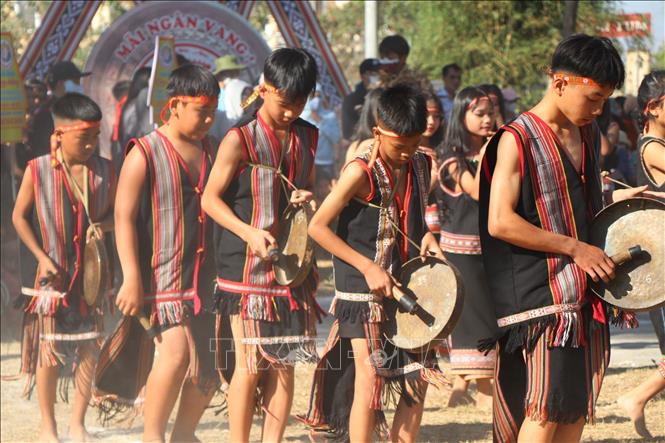

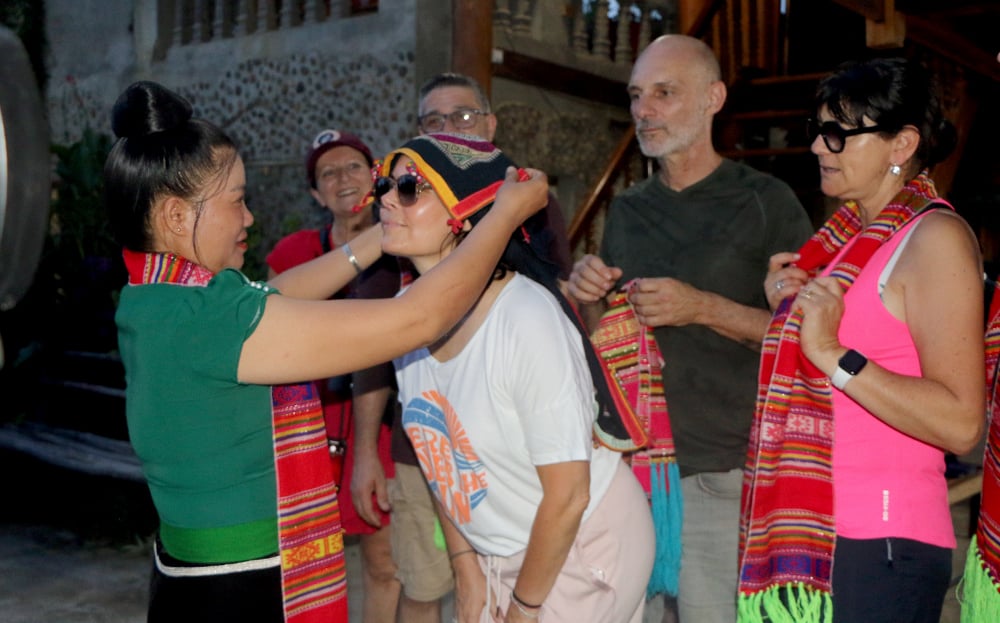
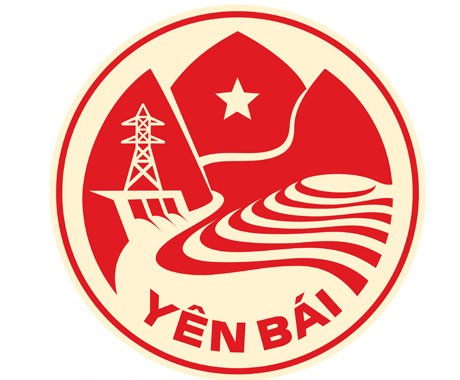
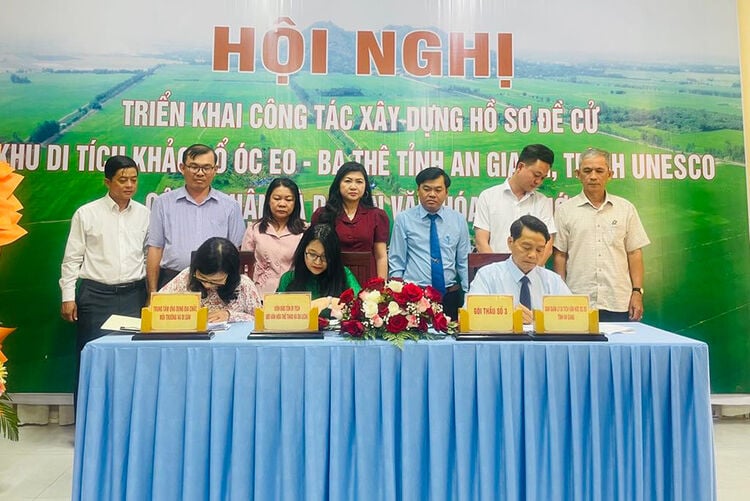

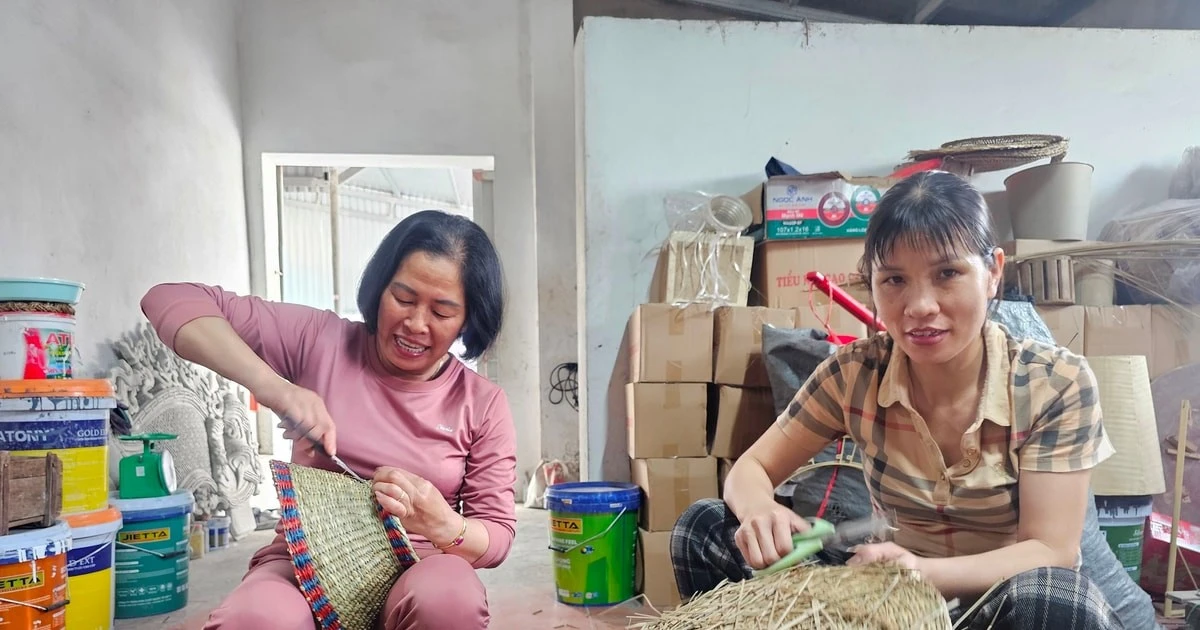









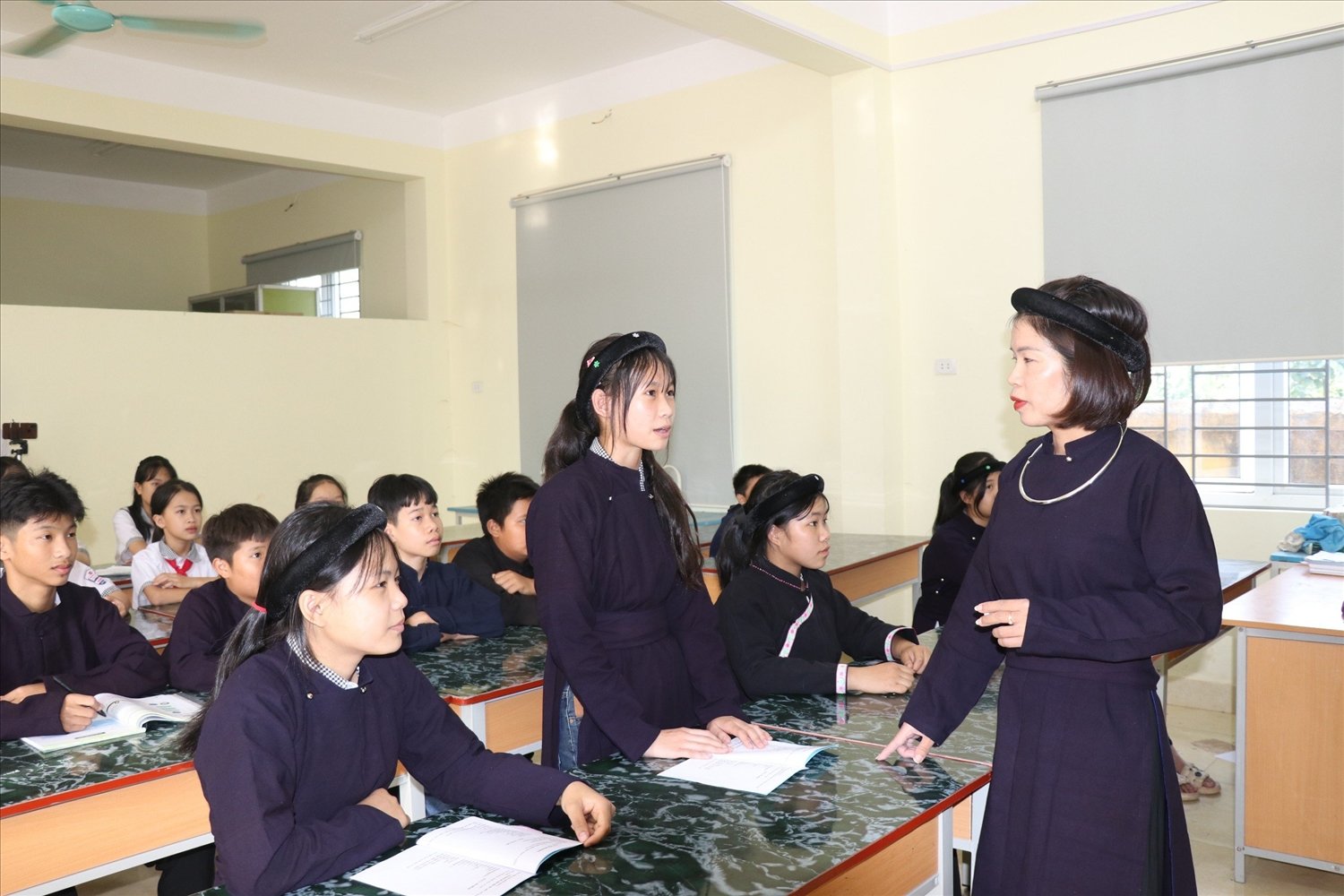






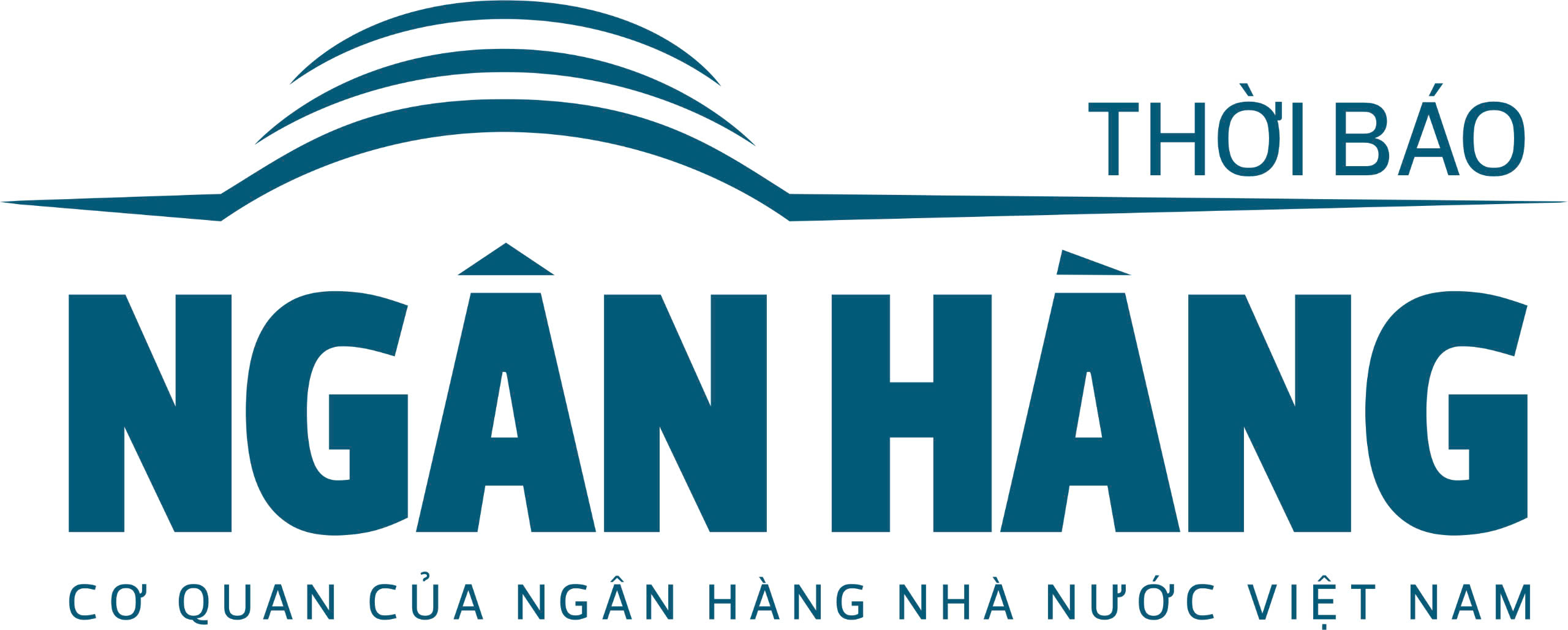
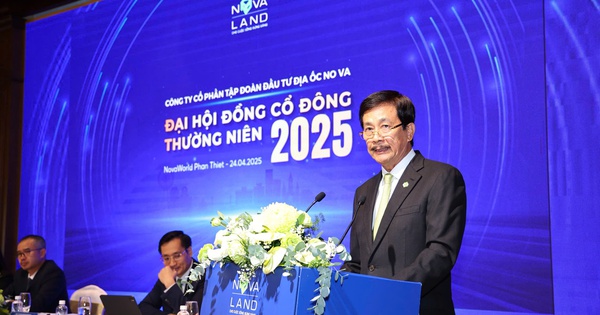

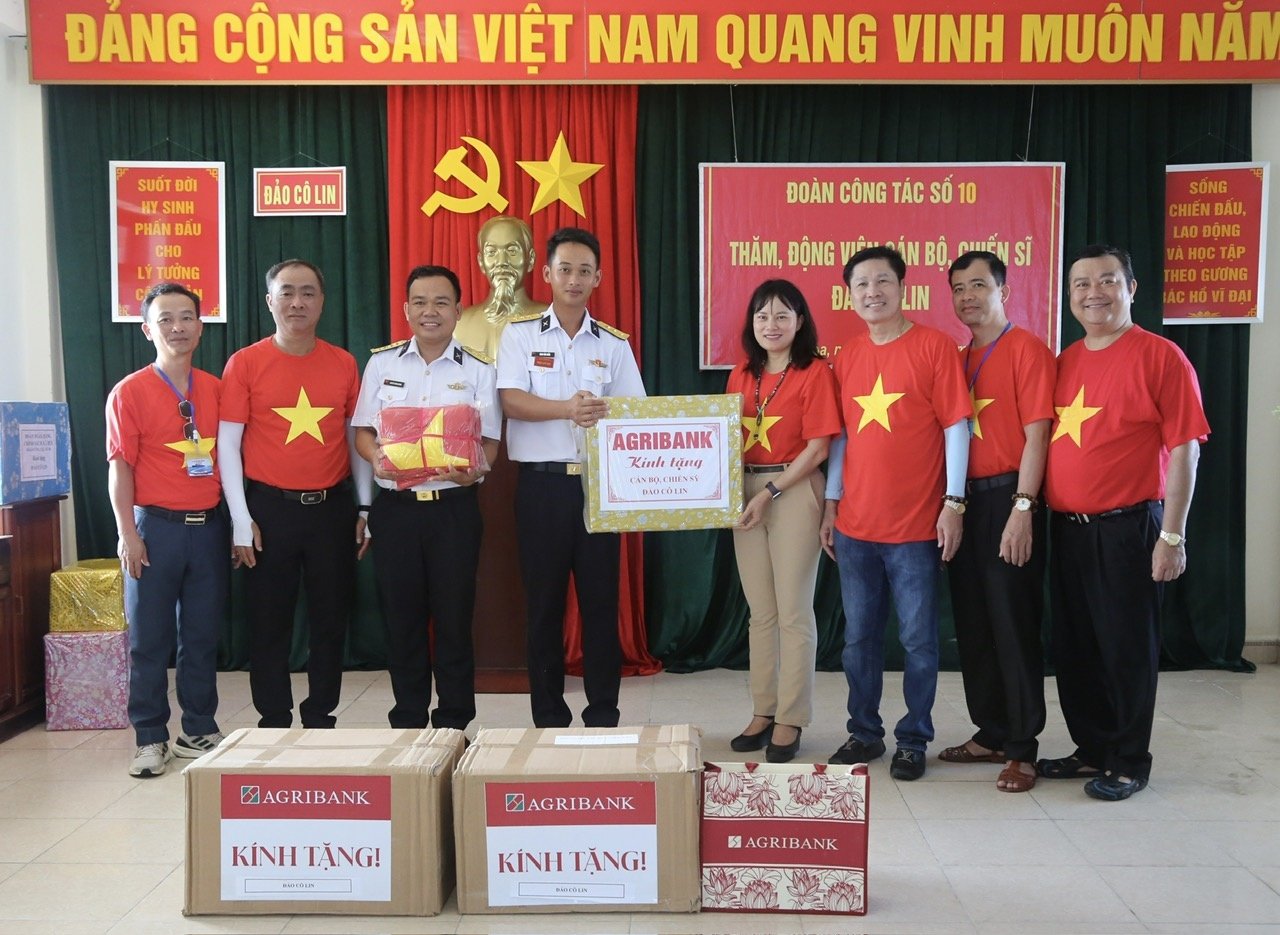



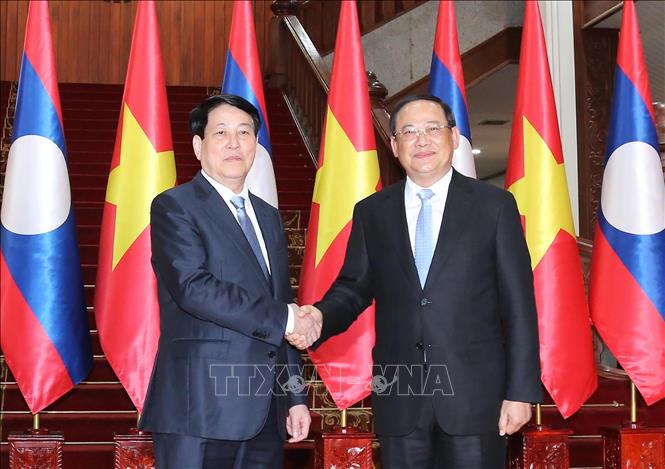
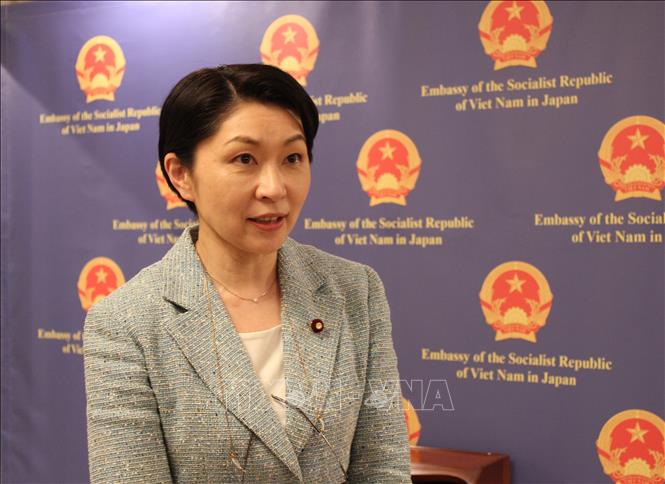
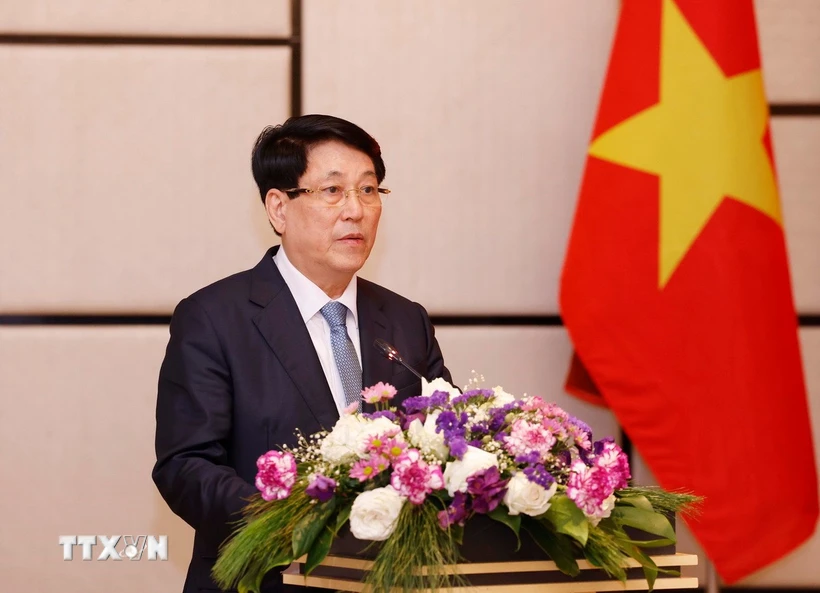



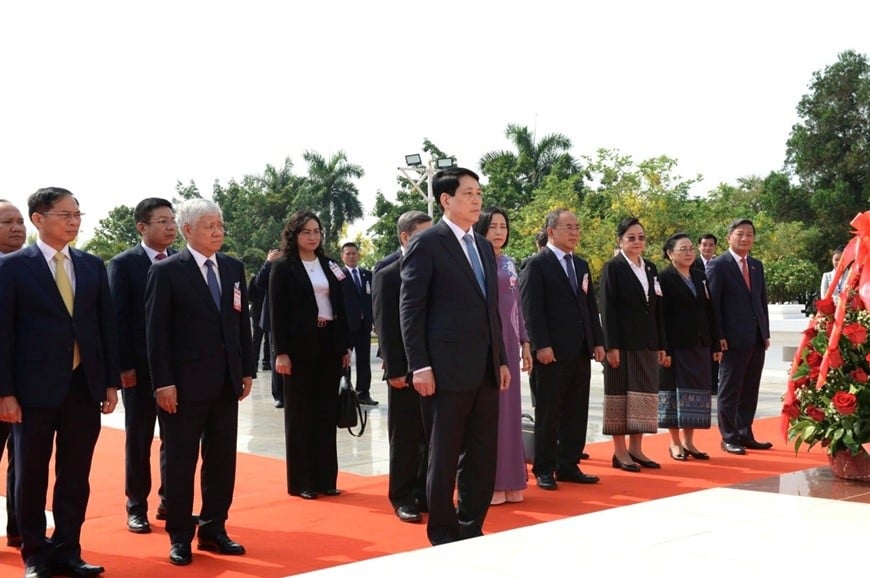

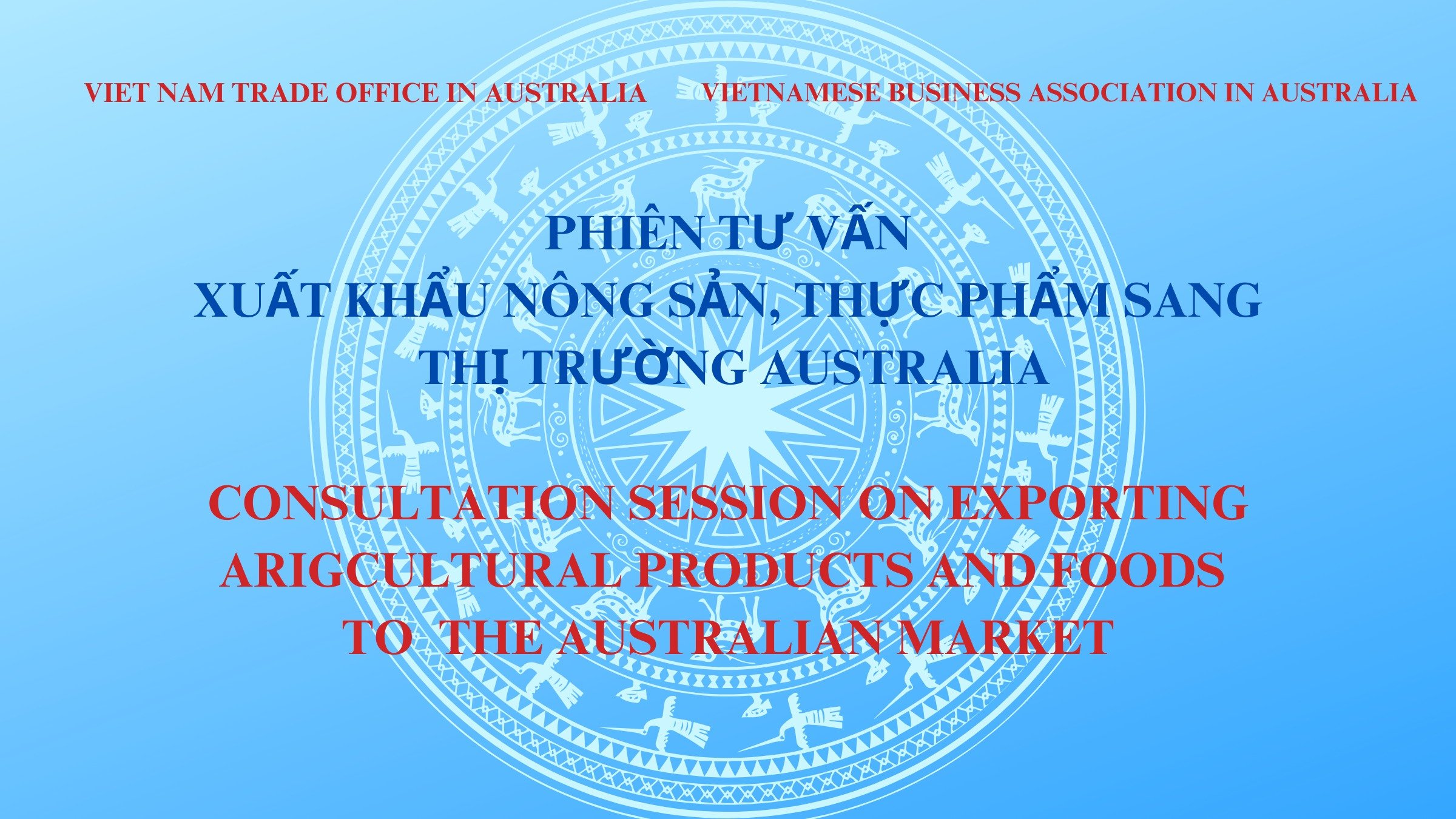



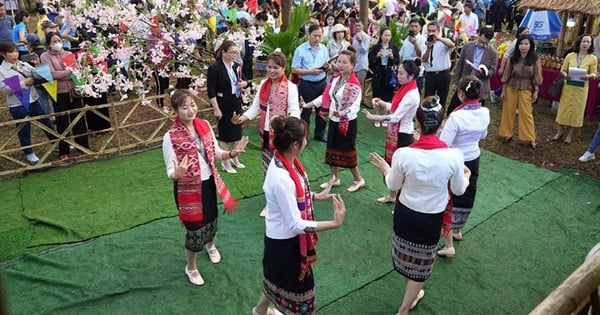
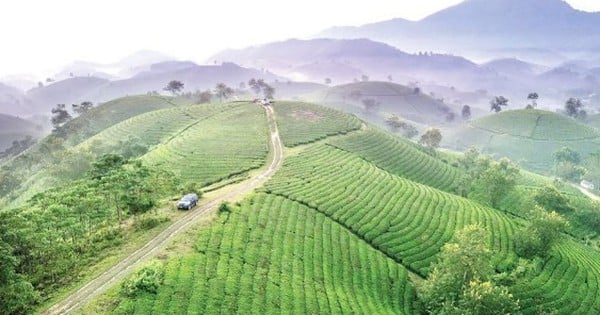
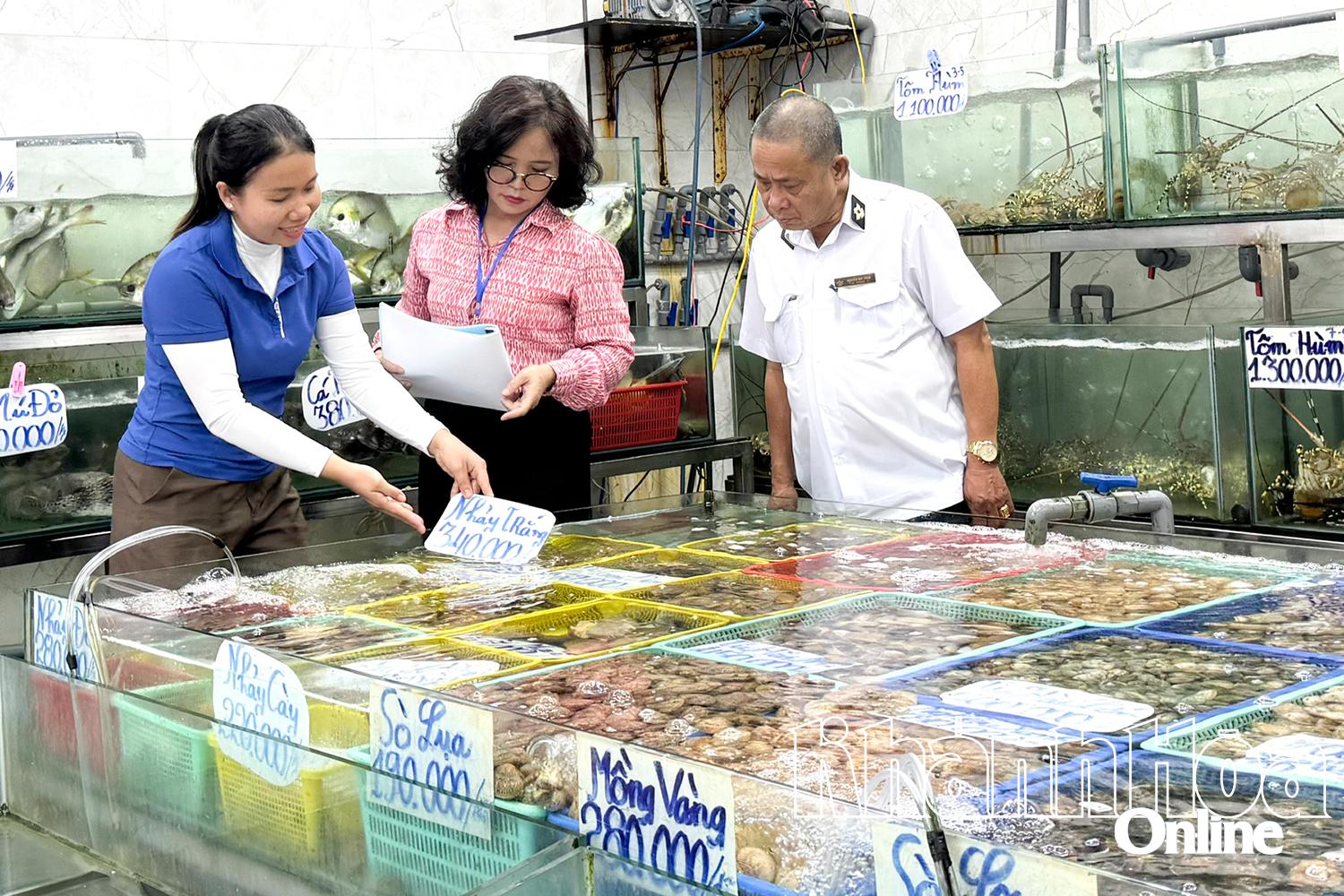



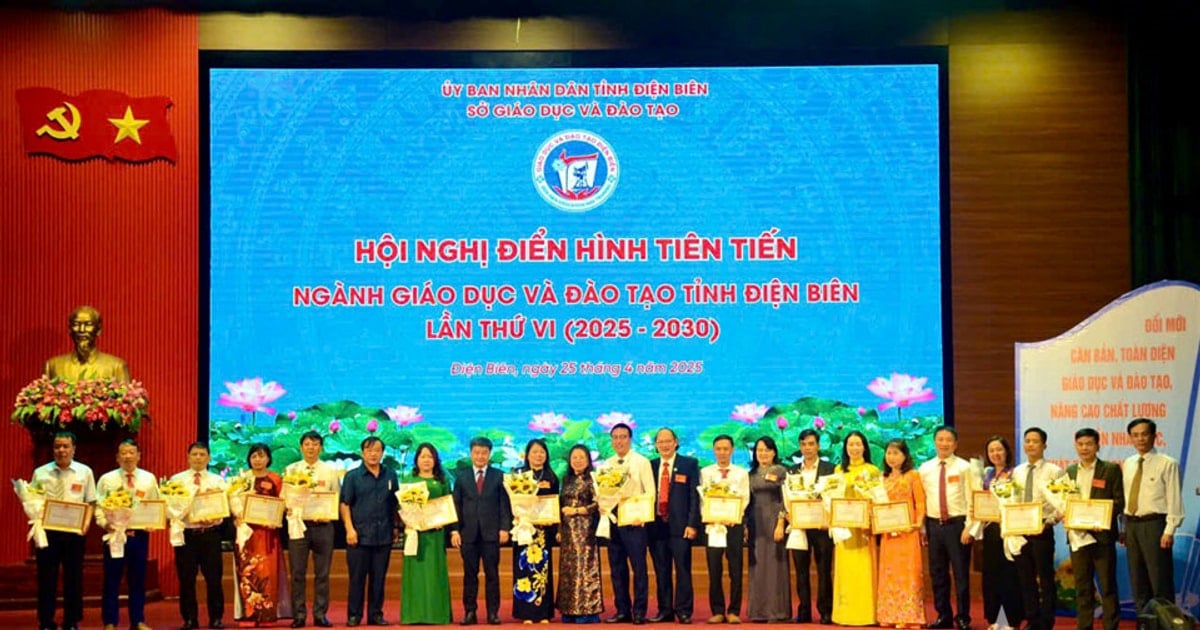

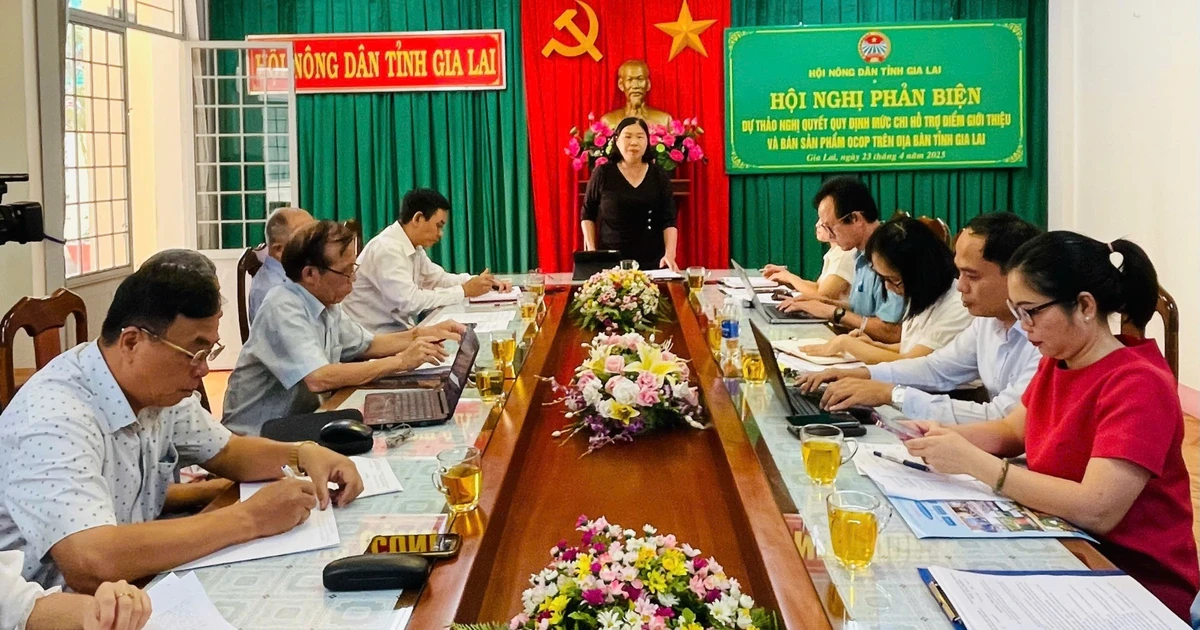

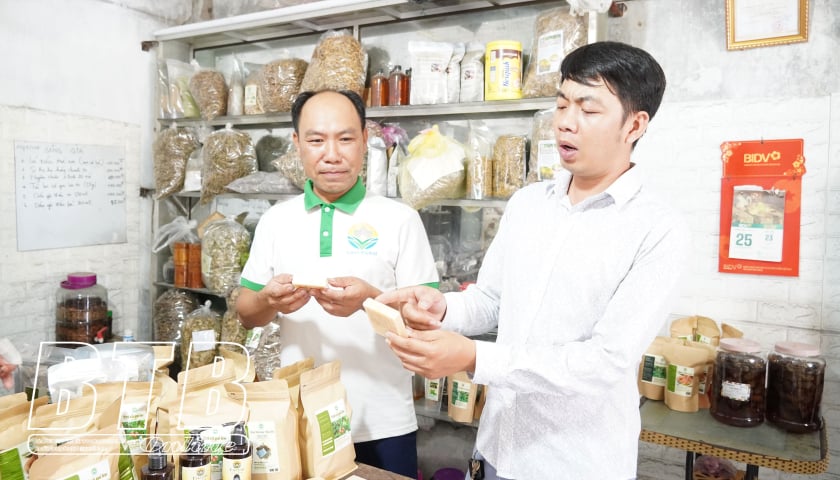

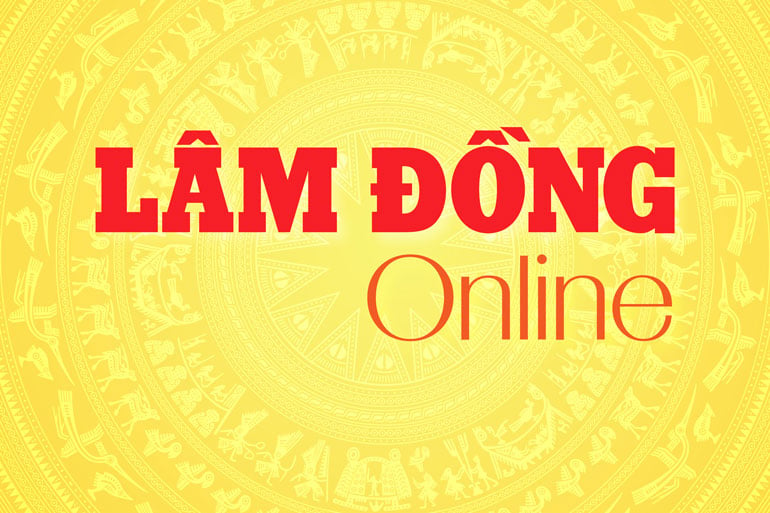

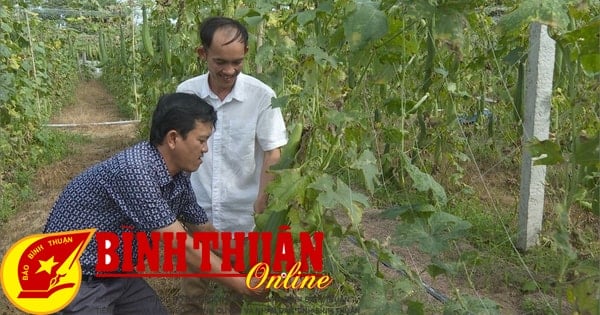

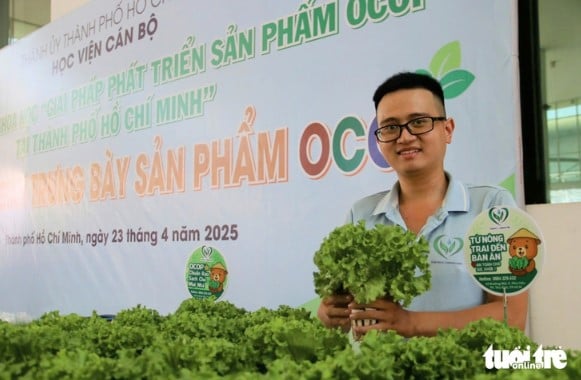
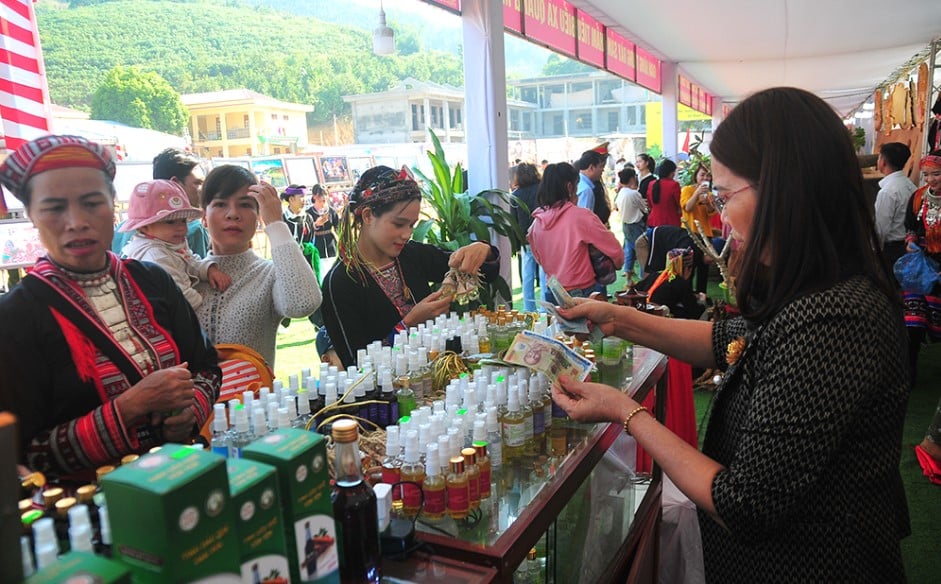
Comment (0)